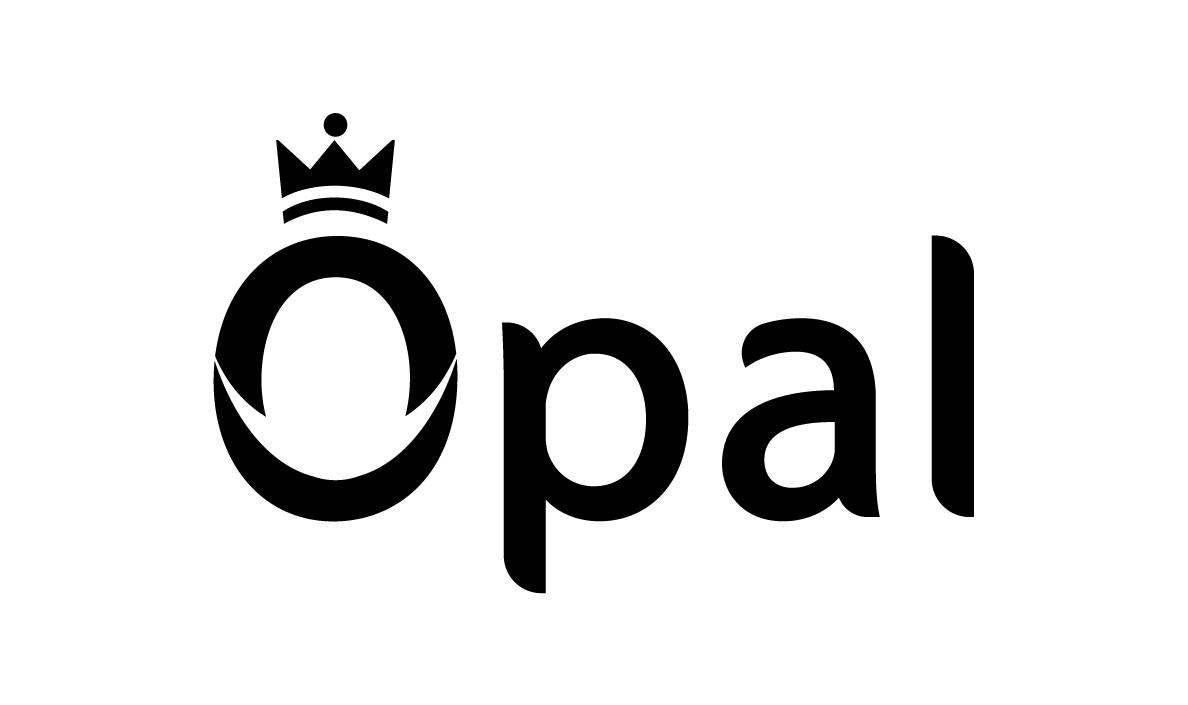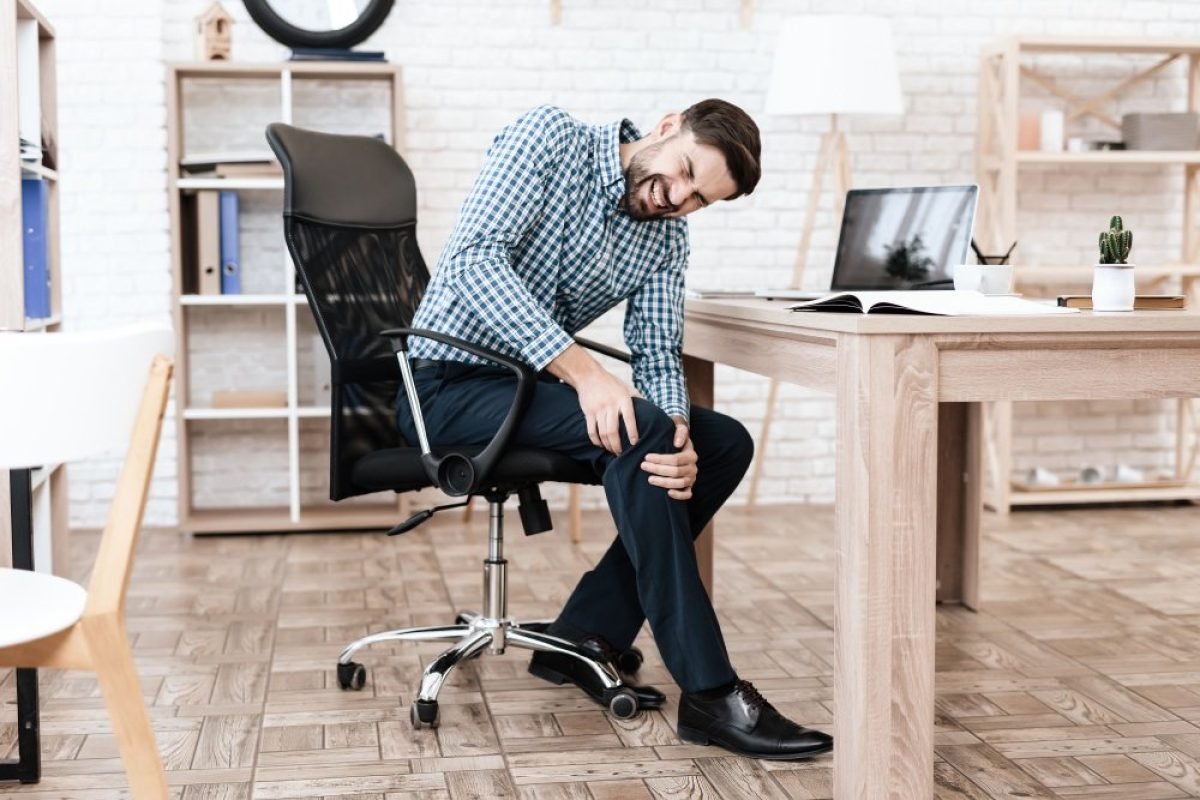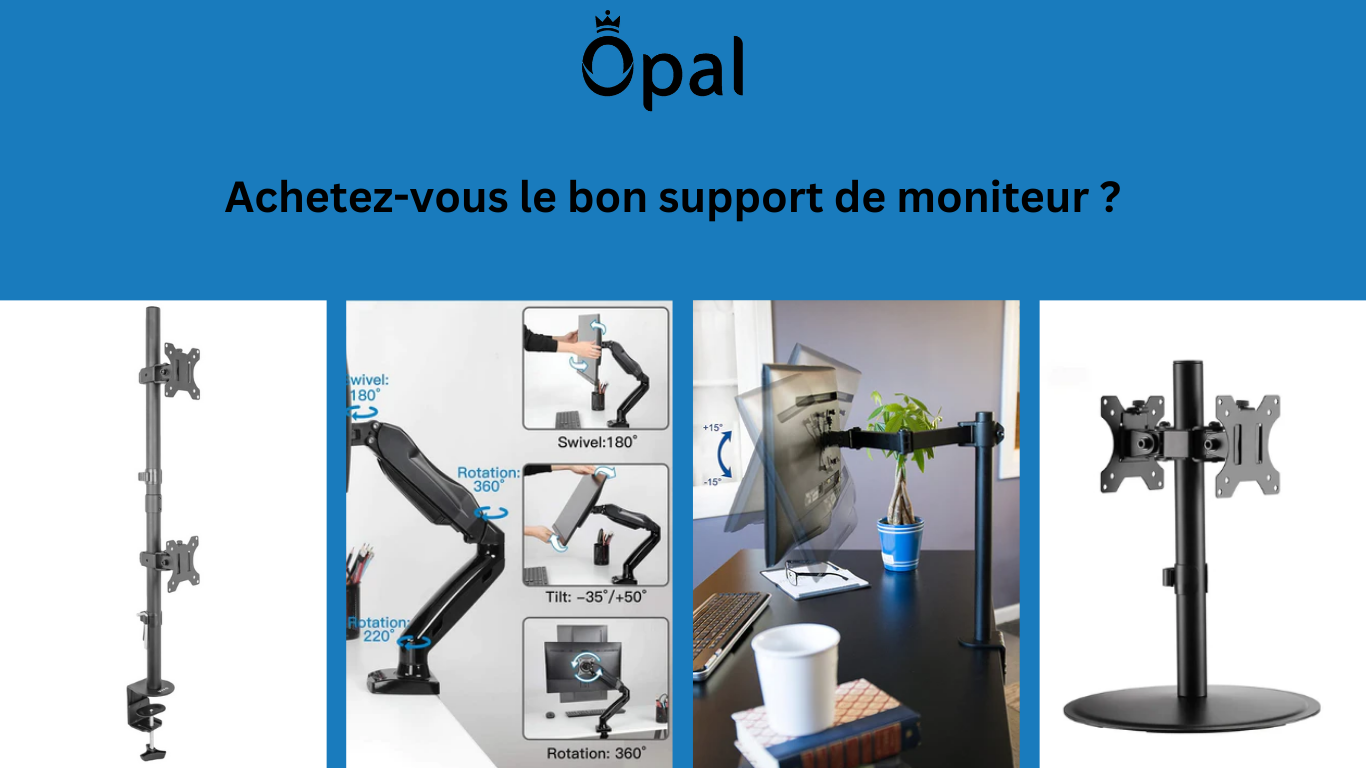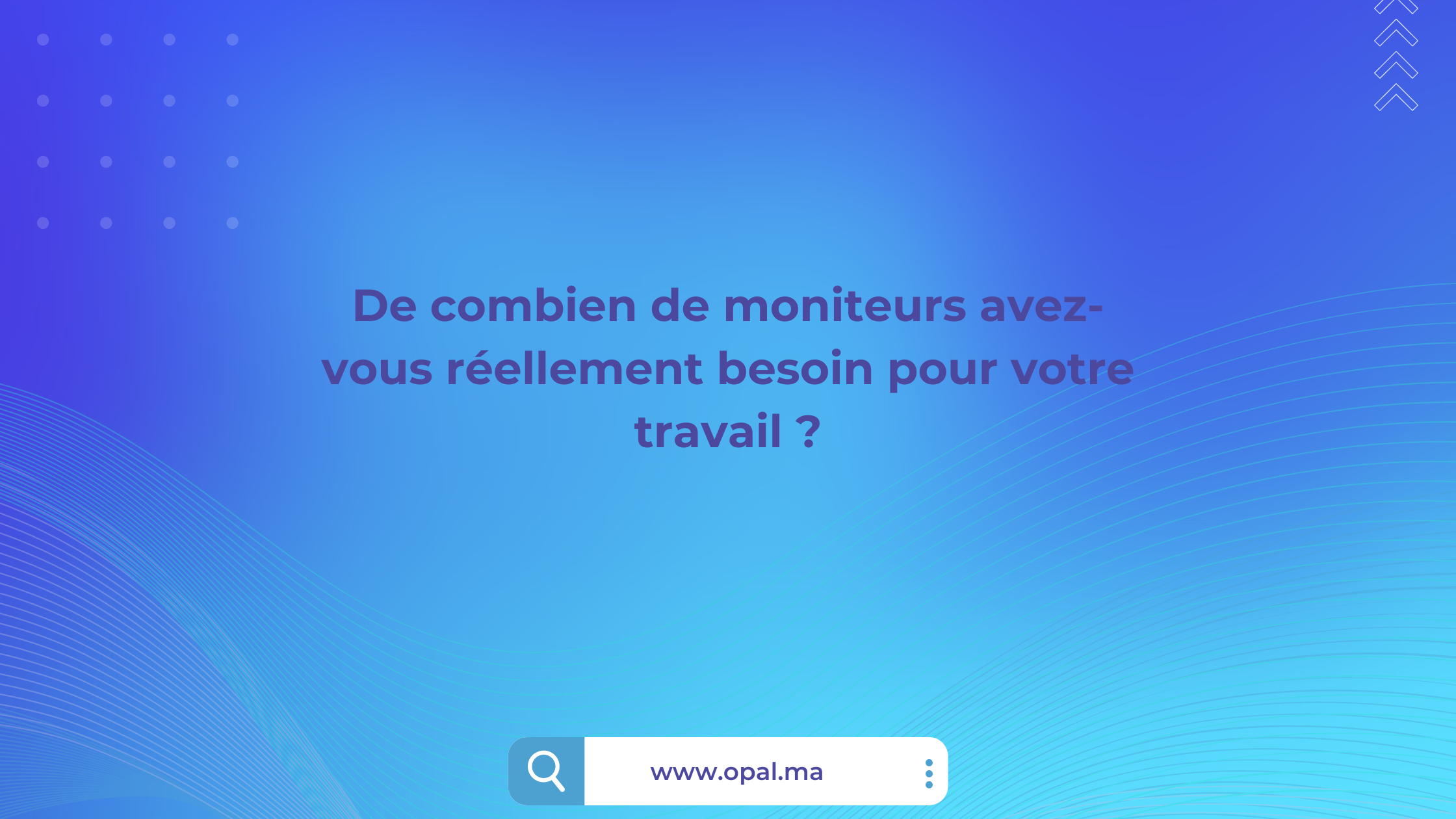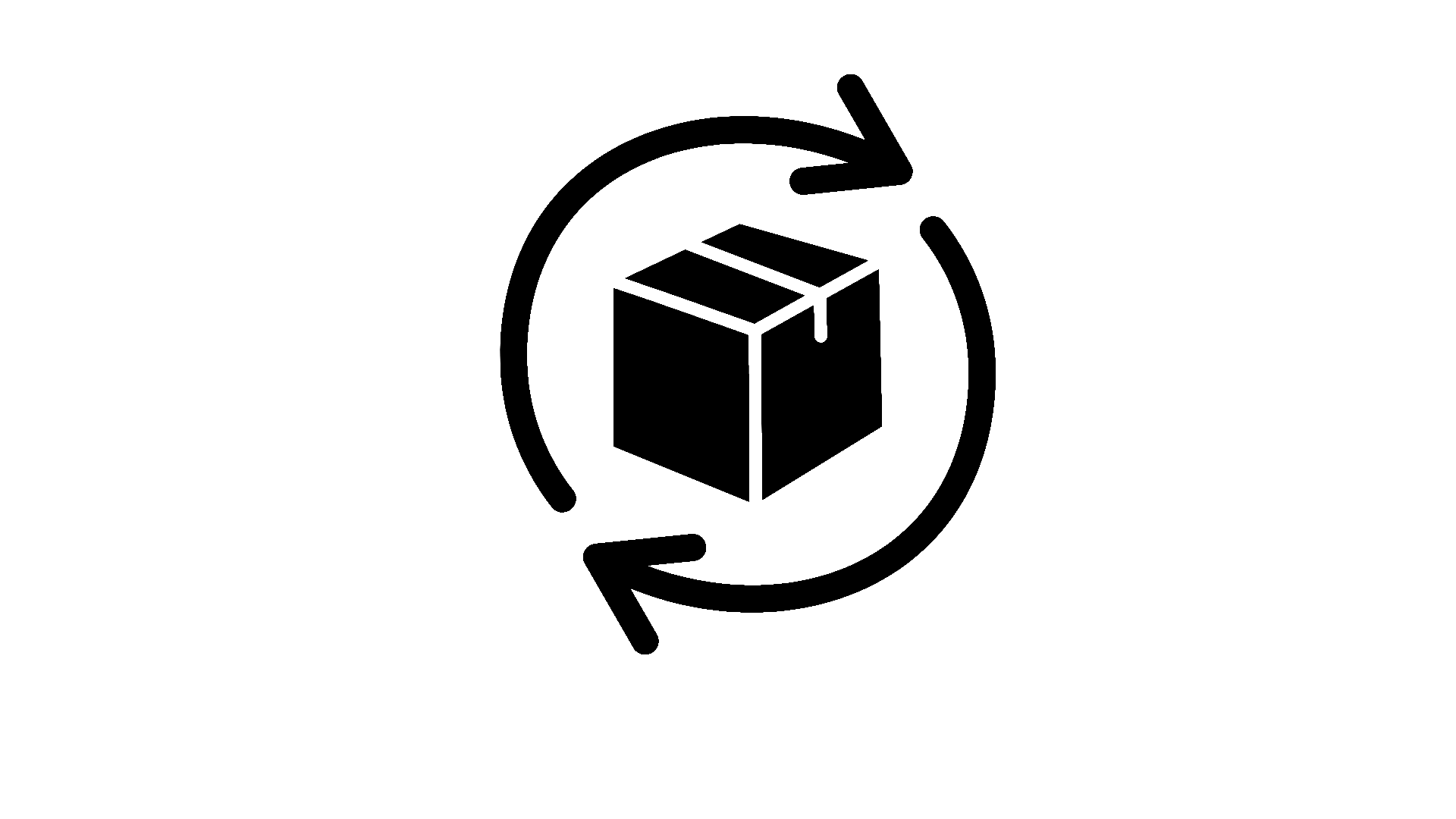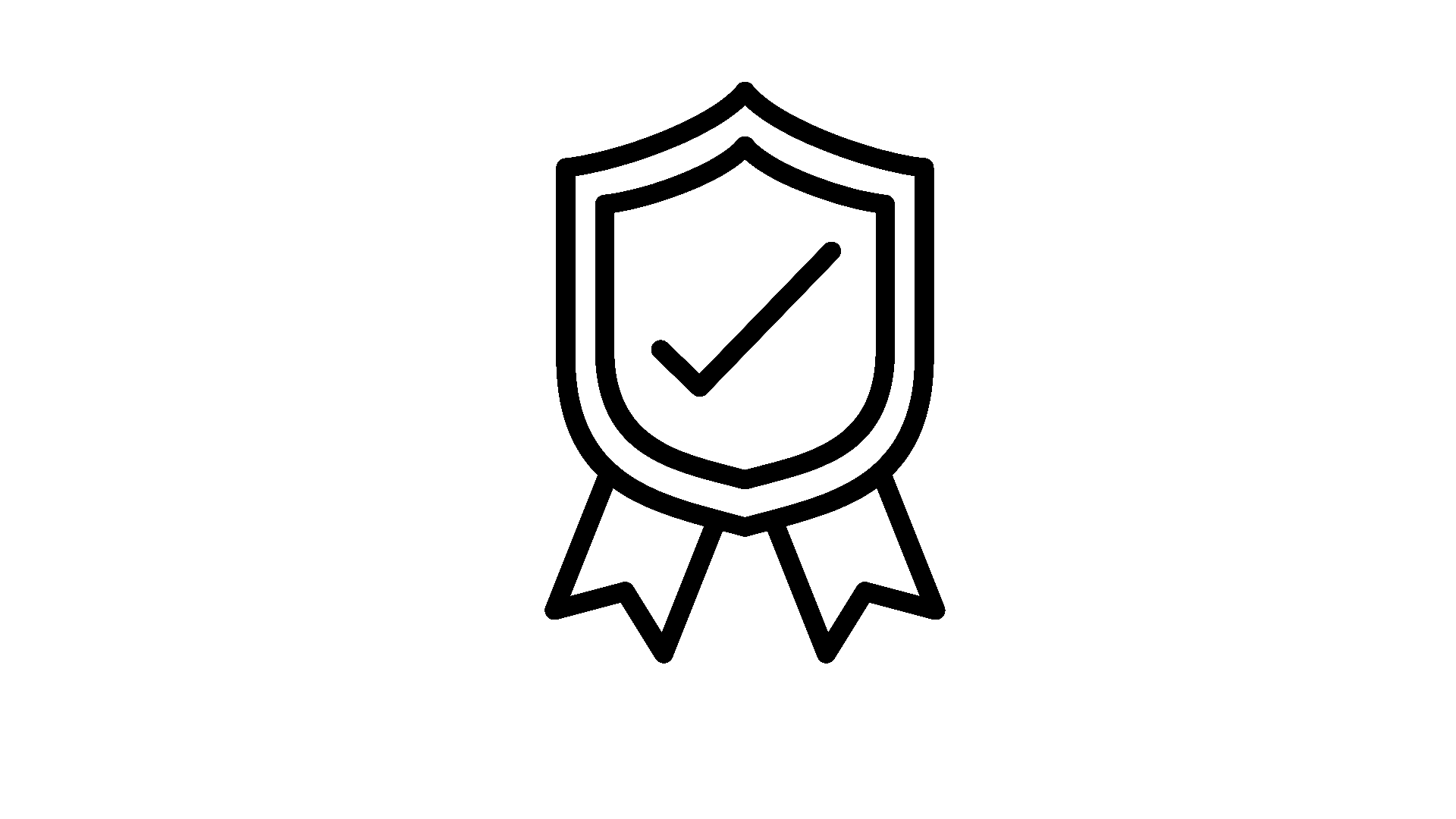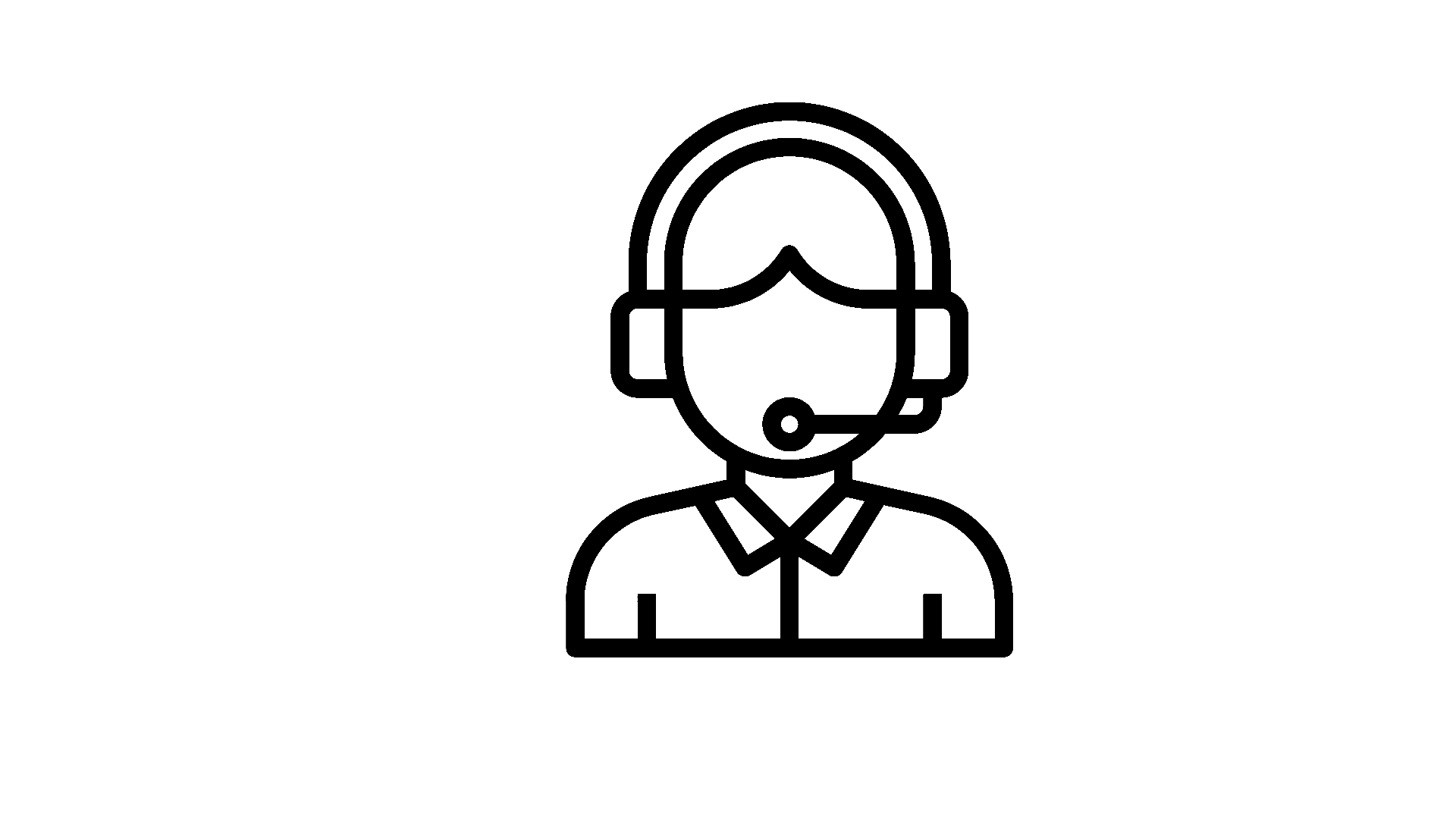For more productive work
We move too little. And we are all aware of that. We get up, we go to the car, to the office, to the car, to the bank and then to bed. For many people, this is a familiar pattern for a weekday.
A little walk during the lunch break, but usually we spend our days sitting. However, we feel this need for more variety in our sitting and standing positions and in our movements, but changing our behavior is difficult. However, is it possible for us to understand that it is in our interest?
Health
By stimulating these incentives to interrupt activities to take a break, "Software Alerts" are able to influence long-term sedentary and physical activity.
The software's alerts, which encourage taking a three-minute break every hour, are effective compared to a control condition (natural breaks) in stabilizing BMI, as employees show a significant increase in BMI in the normal breaking condition.
Behaviors outside of work were notably influenced by prompts; the time spent watching TV (min/week) decreased and sedentary behavior also dropped considerably during the weekend.
One explanation could be that the prompts have made people aware of the added value exercise has on proper functioning. Also, the frequent repetition made getting up to exercise a habit.
Well-being and Creativity
In a series of experiments, Oppezzo and Schwartz (2014) from Stanford University examined subjects' creativity. They asked the subjects to sit, walk, or alternately sit and walk. The number of new ideas that the subjects subsequently came up with differed depending on the activity regime.
When subjects remained seated, their creativity was lowest, when they walked continuously or when they alternated walking and sitting, their creativity was highest. Walking three minutes per hour increases creativity.
Productivity
Aside from recovery, the use of tools and techniques also increased performance. For example, a survey revealed that employees work faster with a laptop if they use a stand, an external mouse and an external keyboard (IJmker, 2016). In addition, "techniques" such as typing without looking at the screen and using keyboard shortcuts provide significantly better performance. So much for inserting techniques, employees need to know precisely what they need to do to adapt their behavior in order to feel the positive effects. The use of tools is an easily accessible way to achieve better results in Productivity, well-being, creativity and health.
